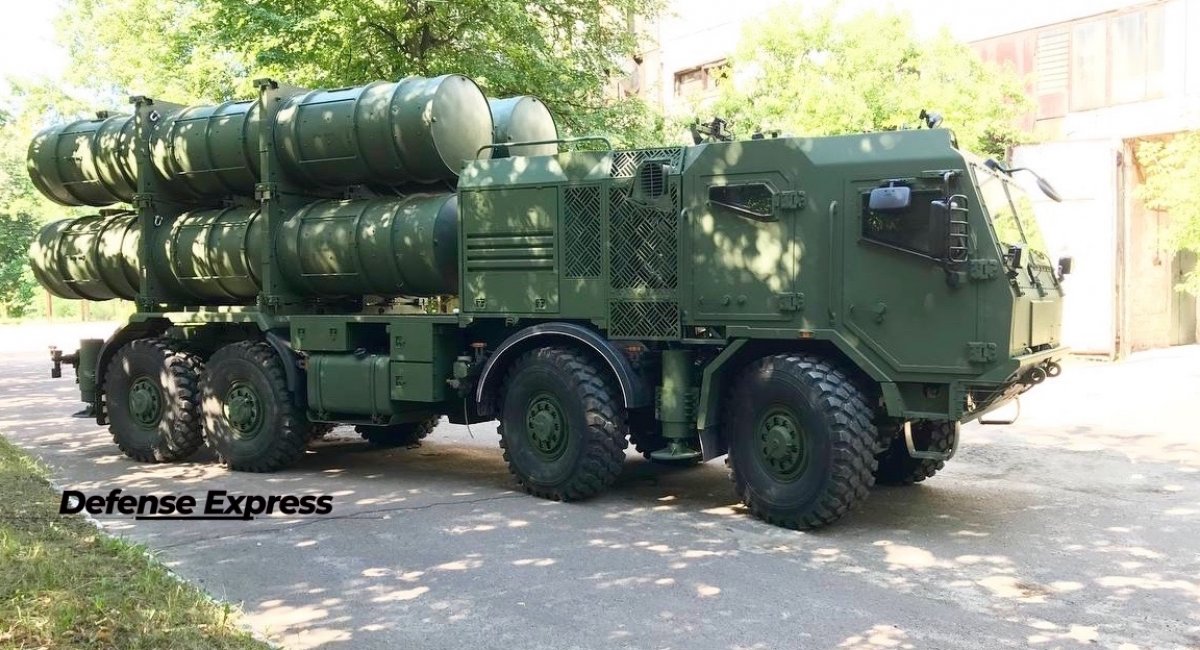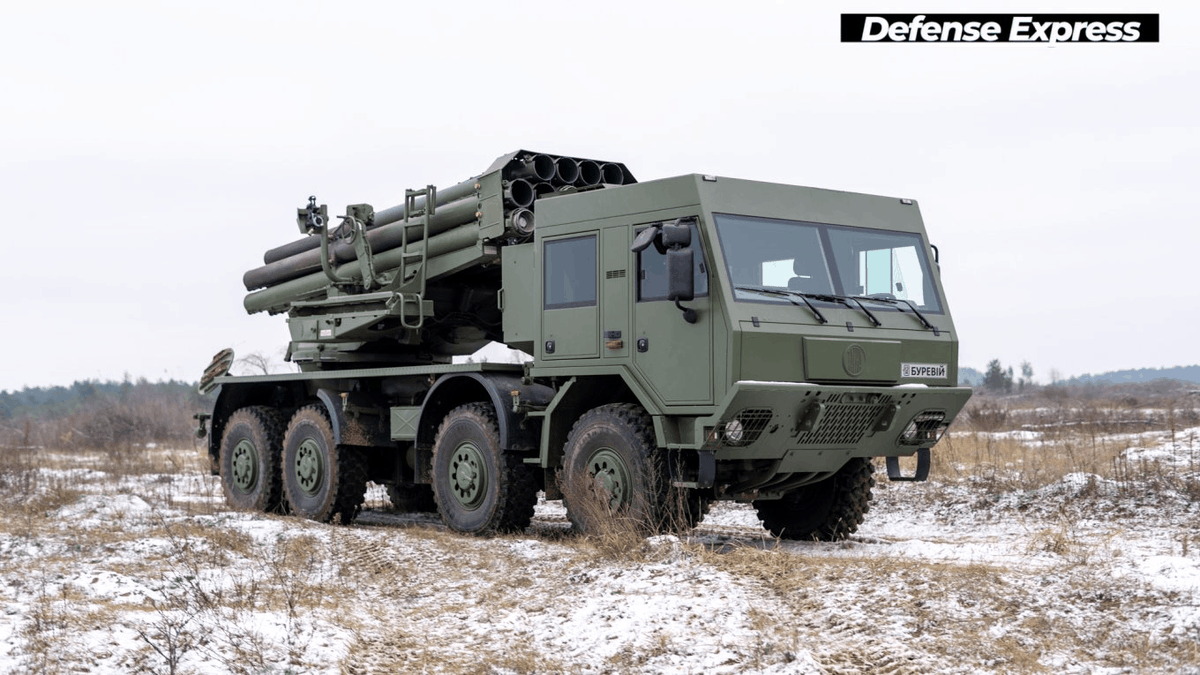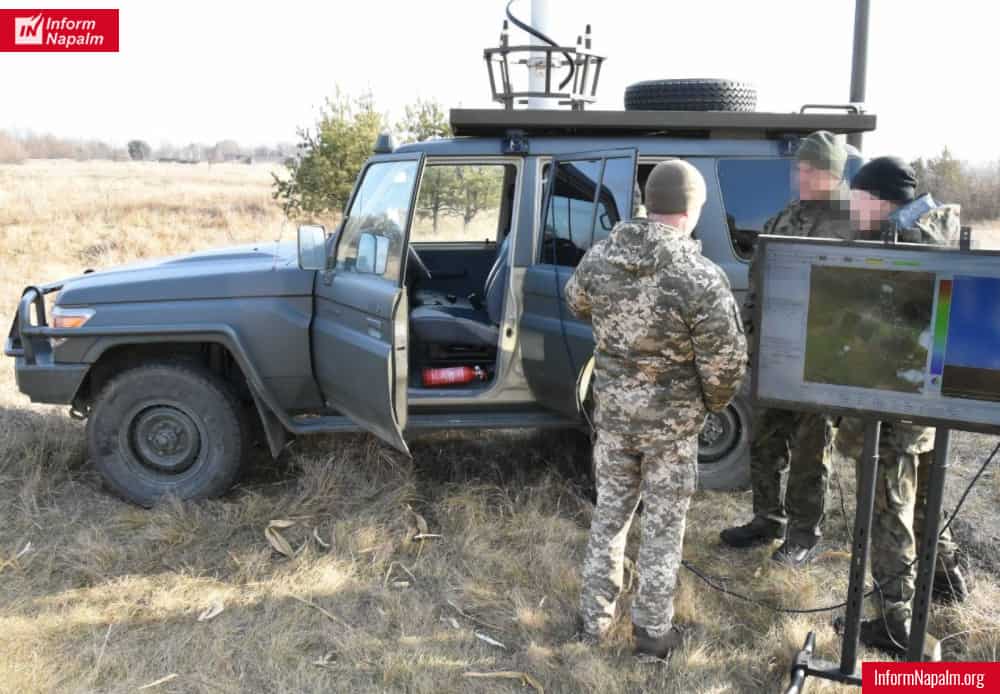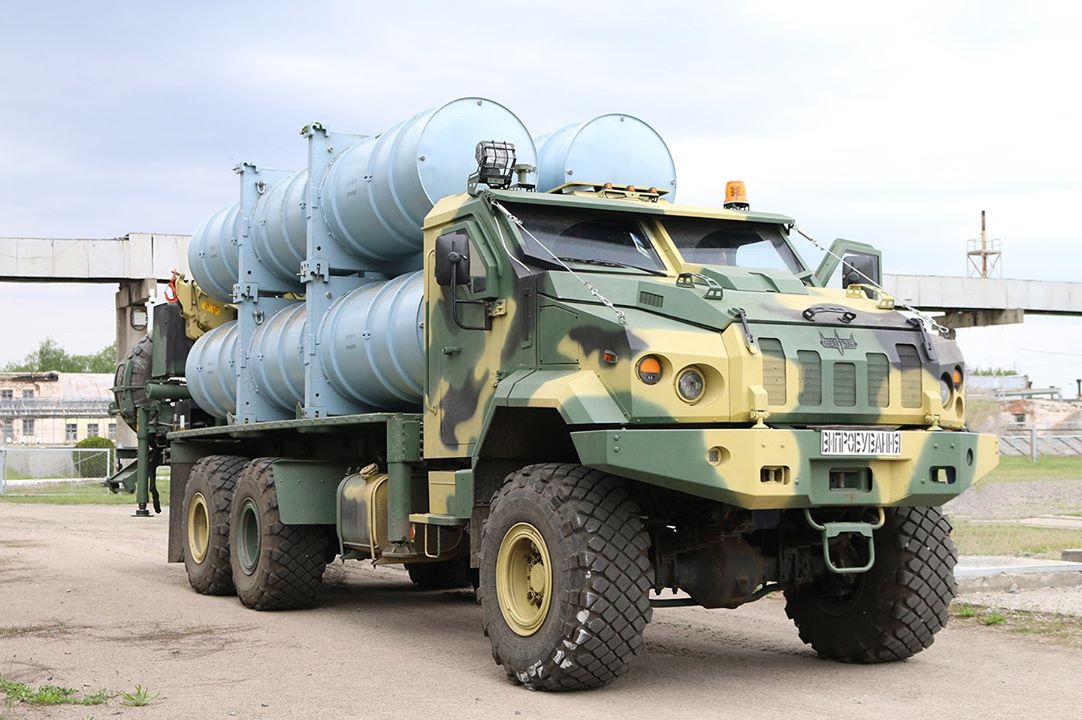
@RALee85 About #Neptune anti-ship missile complex. It began to be developed long before 2014, primarily for export, at the expense of defense companies. But its development was very slow. In fact, it began to be developed after 2014, for state money 







@RALee85 Neptune, like the Russian Ball complex, is based on developments in the Soviet Uran project. This project is the development primarily of the X-35 anti-ship missile, which was to be the Soviet Union's response to the American Harpoon missile 



@RALee85 A large number of enterprises of the defense-industrial complex of the Soviet Union, which were located in different Soviet republics, took part in the development of this project. These included enterprises located in Ukraine. 

@RALee85 There is information that there was documentation for the X-35 missile in Kharkiv, where a number of prototypes of these missiles were sent there for testing. It is rented for testing gyroscopes.
@RALee85 The Neptune complex consists of a 1 command machine (with satellite communication), 1-6 launchers, 1-6 transport-charging machine and a 1-6 transport machine. Transport vehicles transport missiles. The launcher has 4 containers for missiles 

@RALee85 The exact number of launchers would depend on the wishes of the naval command. They wanted a division with 6 launchers
@RALee85 Regarding interesting details. Launch containers are similar to containers for S-300 missiles. This is true because they are made by the same company that makes these containers and maintains the S-300.
@RALee85 During its development and testing, there have been many launches. Missiles flew along routes from many coordinates, hit the enemy ship simulator on the barge, and hit sea targets with missiles without warheads, and with warheads
@RALee85 Shooting Neptune without a warhead on the surface target simulator 



@RALee85 The results of missile firing of Neptune with a warhead on the surface target simulator and the result of the hit 



@RALee85 During its development, much has changed in the rocket. For example, it initially used a starting engine that was similar to the launch engine for the C-125. By the way, the S-125 is being successfully upgraded and exported. 



@RALee85 If you compare Neptune with the Russian X-35, you can see some differences. For example, in the size of the rocket and air intakes 



@RALee85 Neptune is the result of cooperation between Ukrainian enterprises in the defense industry. In general, the complex is developed by the design bureau Luch, which is also a manufacturer of ATGM Stugna, Corsair and others, as well as a guided projectiles Vilkha for BM-30 Smerch
@RALee85 The MS-400 engine is the engine of the Ukrainian manufacturer of helicopter engines Motor-Sich, and the homing head is developed by Radionics 



@RALee85 Missile warhead test 



@RALee85 During one of the stages of the test, the missiles flew along this route, flying a total of 280 kilometers 

@RALee85 Great video showing flight tests of the missile. Ukrainian Su-27s flew together with the missile during these tests
@RALee85 It is interesting that Russian spies tried to seize the documentation for the Neptune complex, but they were repeatedly caught by Ukrainian special services. Here is one such case in this article
mil.in.ua/uk/news/shpygu…
mil.in.ua/uk/news/shpygu…
@RALee85 Initially, Neptune had to be on Kraz chassis. The launcher was on the chassis KrAZ-7634NE, and other vehicles were to be on the chassis Kraz 6322. Armored cabins were manufactured by Ukrainian Armored Vehicles, a manufacturer of armored vehicles Warta and Novator 





@RALee85 But due to the low quality of the chassis chassis, which was shown in the tests (primarily poor chassis for the launcher), it was decided to make a complex on the chassis Tatra 815 

@RALee85 The choice was good, because the missile forces and artillery chose the Tatra chassis as the main chassis for the modernization and development of new missile systems
@RALee85 For example, on the chassis of the Tatra 815 is being developed modernization of the BM-27 called Byrevii. Also in the future, the BM-30 chassis should also be replaced by a Tatra, primarily for the export of Ukrainian systems Vilkha 





@RALee85 Despite the fact that Neptune was officially adopted on August 23, 2020, its development and testing continued. In general, this is common practice in post-Soviet countries. Adoption does not mean that the product is one hundred percent ready
@RALee85 At the end of 2020, a contract was signed for the production of the first serial division. It was to be handed over in April this year.
@RALee85 There was information that at the beginning of 2022 the first serial division was ready, and began testing. Production of the second serial division began in January 2022
@RALee85 In March 2021, the research division on the Tatra chassis (which had 1 launcher) was transferred for trial operation to the Navy in the military unit near Odesa 



@RALee85 In the summer of 2021, the chief director of the Luch design bureau said that 3 countries were interested in Neptune. And in December 2020, Indonesia signed a memorandum with Ukroboronprom on a contract for the supply of Neptune in the future
@RALee85 In December 2020, the Ministry of Defense prepared an agreement to develop an aerial version of Neptune. The carrier should be a Su-24M. Theoretically, he should carry 2 missiles. But it is not so public whether a contract for the development of the air version has been signed 



@RALee85 In June 2021, the Ministry of Defense ordered the development of a ship version of Neptune. In the future, they could be installed on Ukrainian Vespa or on British missile boats for Ukraine, Turkish corvettes Ada, or the completed Ukrainian corvette Volodymyr the Great. 







@RALee85 As a marine platform for testing the marine version of Neptune, it was planned to use a rocket boat Pryluky, which removed the launchers for termite rockets, because all the rockets were captured in the Crimea 



@RALee85 Some cars of the first serial division of Neptune on the Tatra chassis were shown at the military parade in Independence Day of Ukraine in 2021 

@RALee85 Then 1 command vehicle, 1 launcher, 1 Mineral-U radar, 1 transport-charging vehicle, and 4 transport vehicles were shown
@RALee85 It is interesting that the detection and targeting radar Mineral-U was developed separately by the company Quant-Radiolocation. It is a development of the Mineral-ME radar, whichonce wanted to put on the Ukrainian corvette Volodymyr the Great 







@RALee85 Characteristics of the complex
Range - from 7 to 280 km
The distance of the starting position from the shoreline is not more than 25 km
The maximum number of R-360 missiles in one volley is 24 units
Range - from 7 to 280 km
The distance of the starting position from the shoreline is not more than 25 km
The maximum number of R-360 missiles in one volley is 24 units
@RALee85 Characteristics of missiles
Weight of the R-360 missile is 870 kg
The weight of the warhead is 150 kg
The diameter of the rocket is 380 mm
The maximum launch range is 280 km
The altitude range of the R-360 above the crest of the waves is from 3 to 10 m
Weight of the R-360 missile is 870 kg
The weight of the warhead is 150 kg
The diameter of the rocket is 380 mm
The maximum launch range is 280 km
The altitude range of the R-360 above the crest of the waves is from 3 to 10 m
@RALee85 Now about whether Ukraine had the Neptune complex as of February 24, when Russia launched a full-scale offensive. Radar Mineral-U has not officially passed all the tests and has not been adopted
@RALee85 During the test operation in the Navy, there was only one research division on the failed Kraz chassis, with one launcher for 4 missiles, and it is unknown how many missiles were produced.
@RALee85 The first serial division, which was to be transferred in April 2022, is also not officially known whether it would actually be transferred. Because the complex on the new Tatra chassis never fired at the range.
@RALee85 It is also unknown whether other necessary vehicles for the division were built.Also according to unofficial sources, the homing head for the missile did not pass all the tests, so the missiles were made without it
@RALee85 According to unofficial sources, Neptune fired 5 times during this war, 4 of which I missed. Operators shot like in training, just entering the coordinates of the target, because the homing head was not ready
@RALee85 It is now said that the cruiser Moscow was struck by Neptune. Prior to that, it was said that Neptune struck the Russian frigate project 11356R. There is information that the target must be stationary to hit. Theoretically it is possible
@RALee85 As a full-scale war ensues, we need a fully-fledged and time-tested complex to destroy Russian ships.This should not be a light anti-ship missile, but a medium one. Harpoon or NSM.
@RALee85 The fate of Neptune after the war remains unclear, because if we receive anti-ship missiles from Western partners, will we need to delay the development of our own complex, spending a lot of time and money on it
@RALee85 Thank you for reading this thread. I hope you found it interesting!
• • •
Missing some Tweet in this thread? You can try to
force a refresh




















